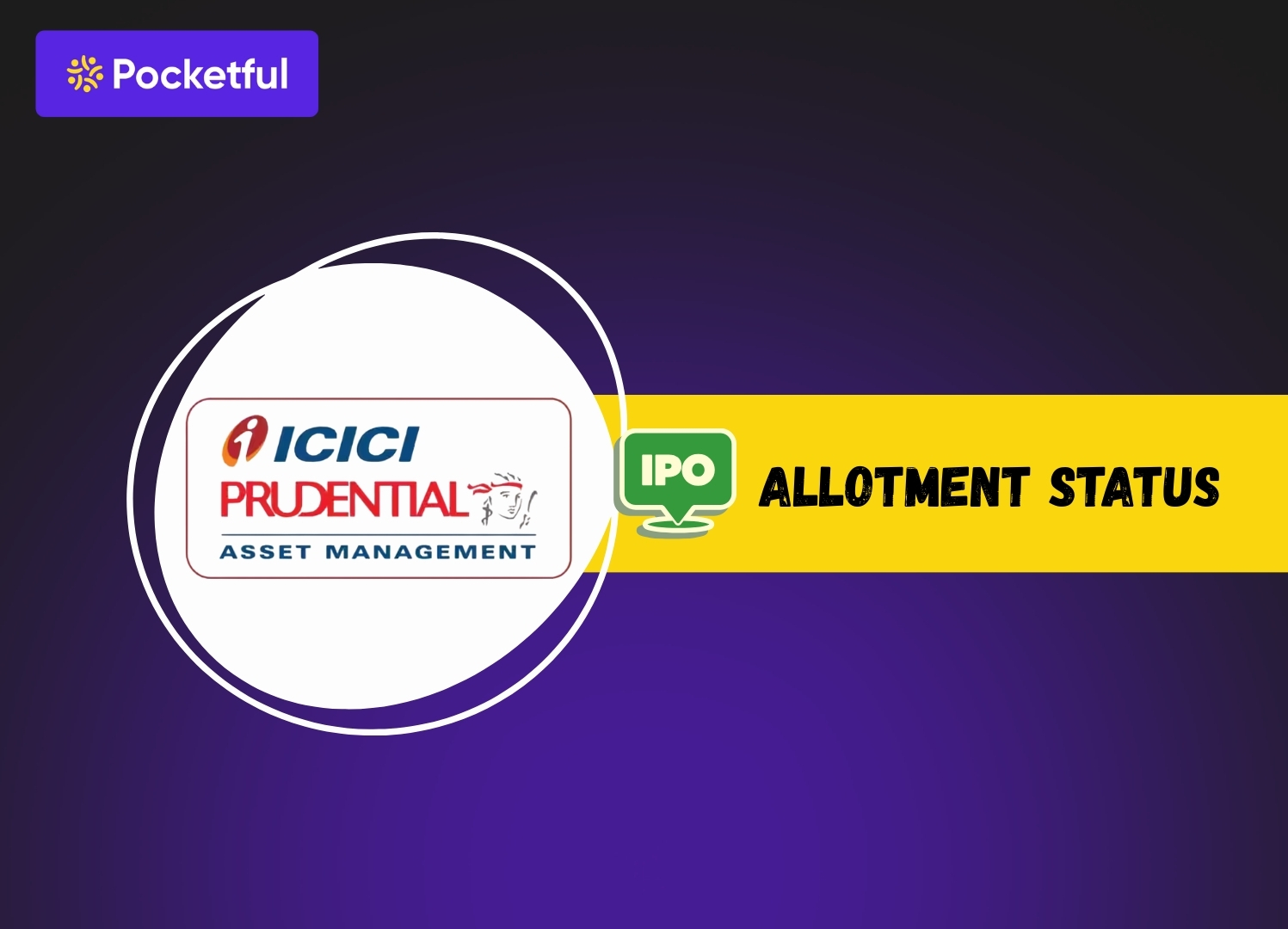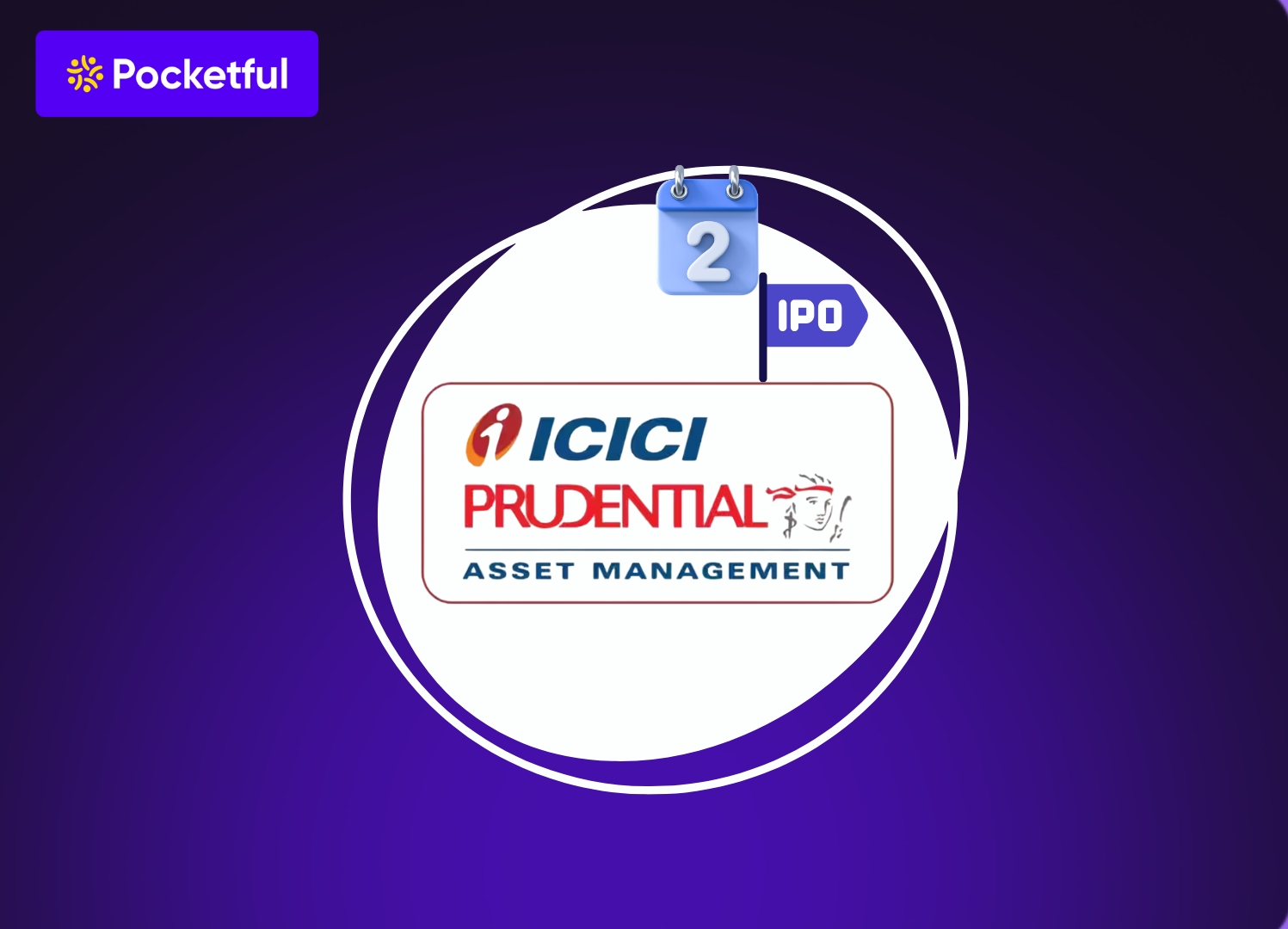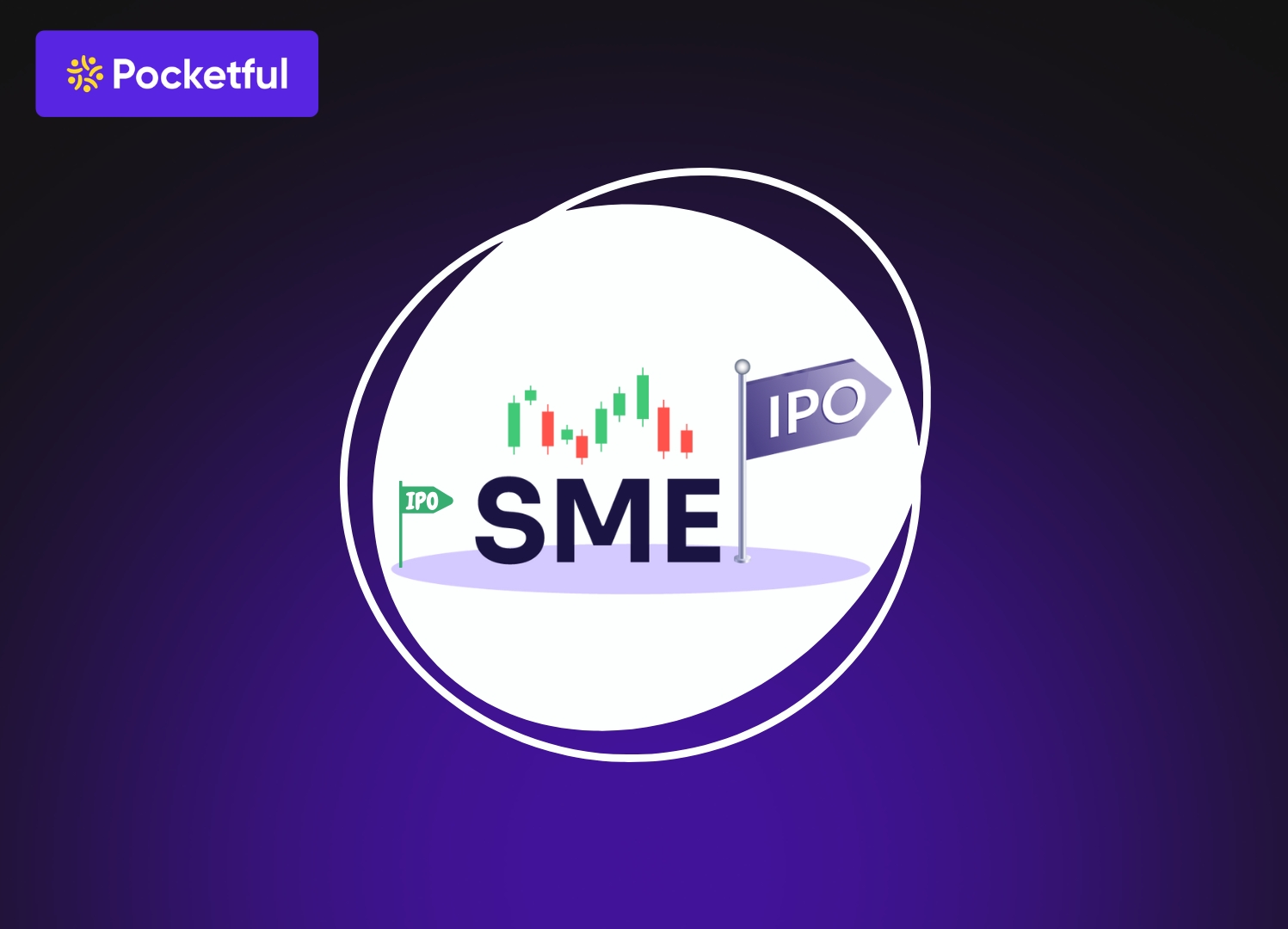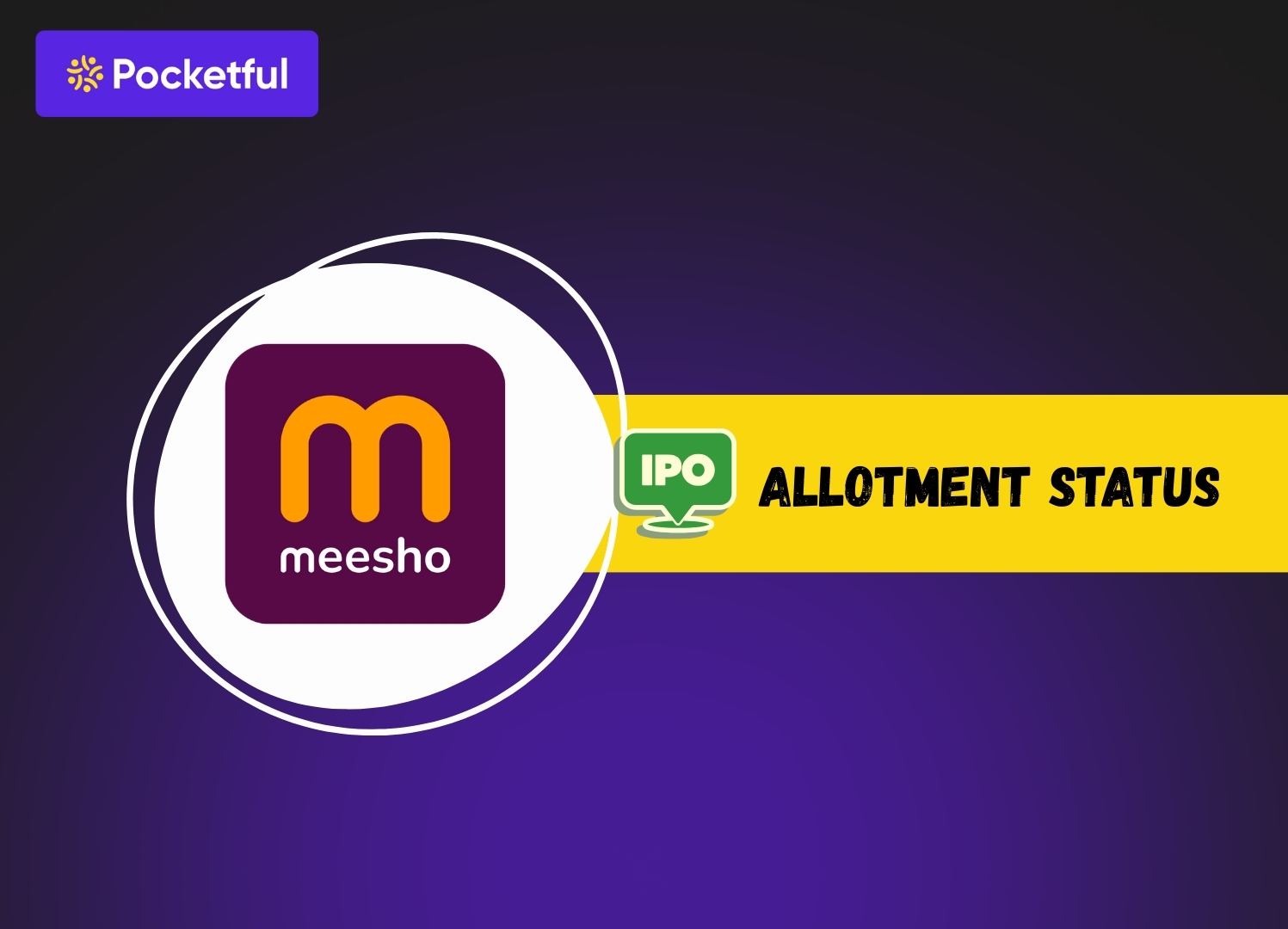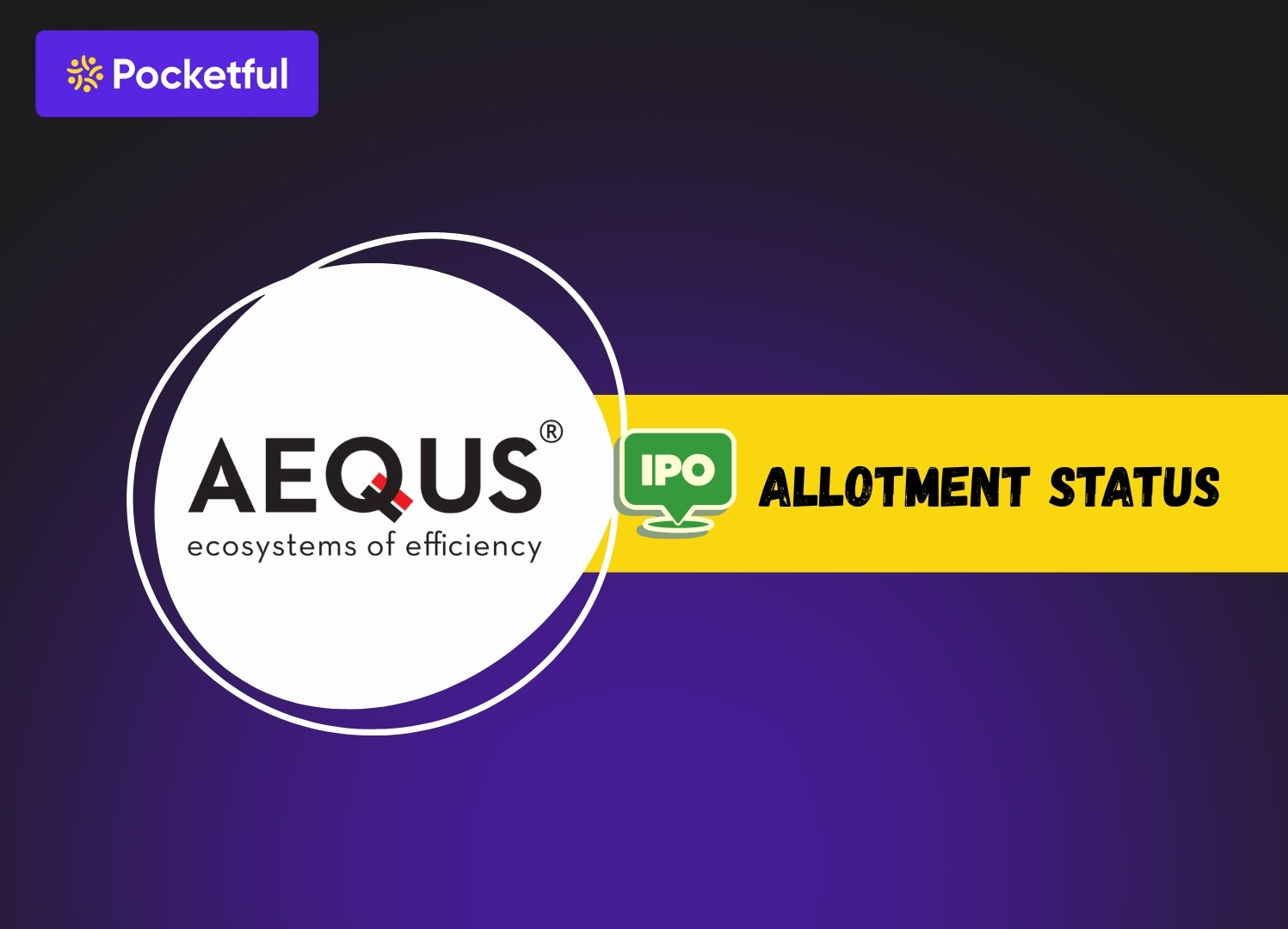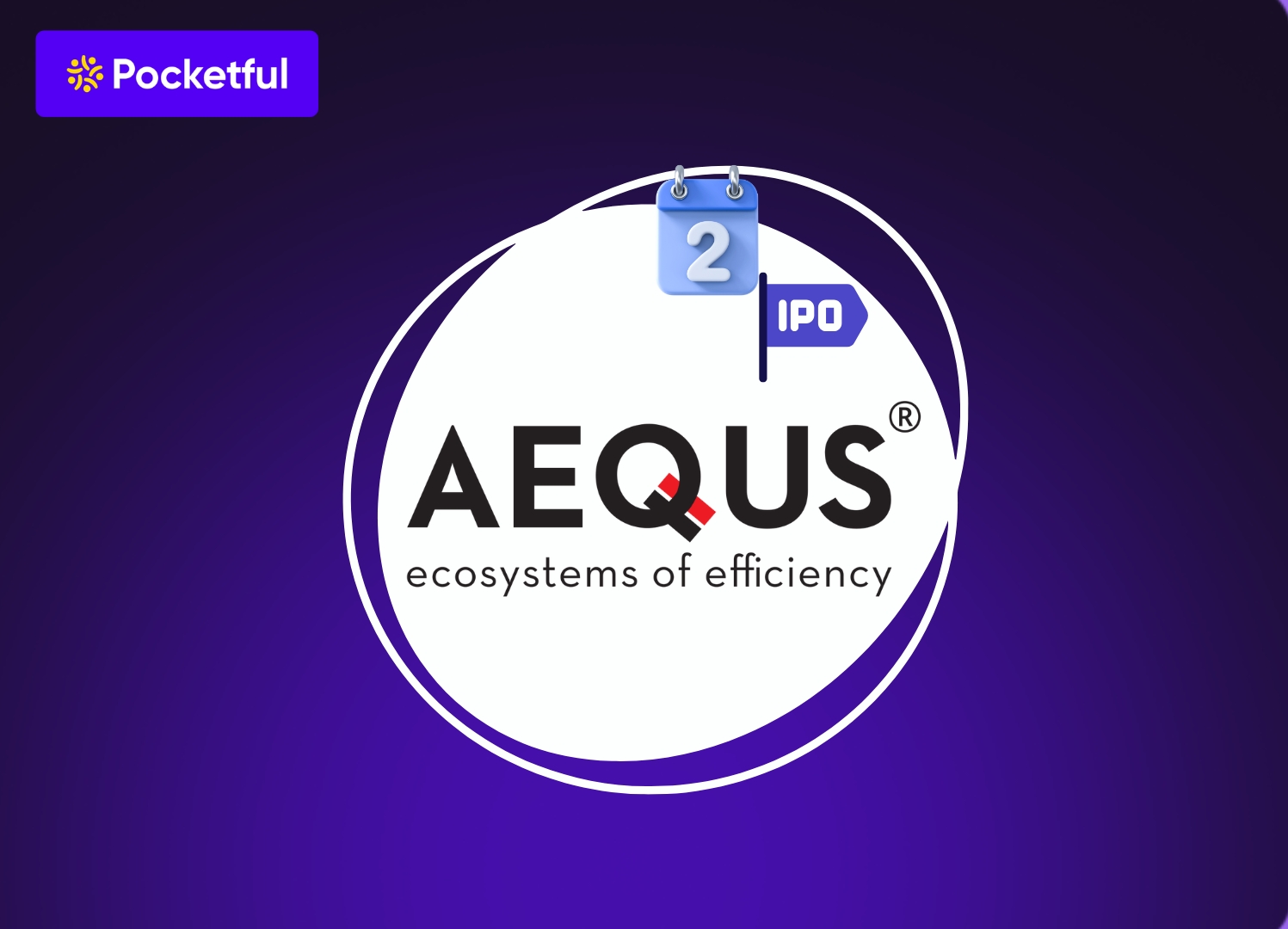ICICI Prudential Asset Management Company (AMC), one of India’s leading mutual fund houses backed by ICICI Bank and Prudential Plc, is launching an initial public offering (IPO) to raise ₹10,602.65 crore.The issue opens for subscription on December 12, 2025, and will close on December 16, 2025, with a price band fixed at ₹2,061 to ₹2,165 per share.The IPO is a book-built issue and comprises entirely an offer for sale (OFS) of 4.90 crore shares, aggregating to ₹10,602.65 crore, by existing shareholders. There is no fresh issue component in the offer.The shares are proposed to be listed on both the Bombay Stock Exchange (BSE) and the National Stock Exchange of India (NSE), with tentative listing scheduled for December 19, 2025, subject to allotment and regulatory approvals.
ICICI Prudential AMC IPO Day 3 Subscription Status
On Day 3, the ICICI Prudential AMC IPO witnessed strong overall demand, closing with a total subscription of 39.17 times. The issue was led by Qualified Institutional Buyers (QIBs), who subscribed 123.87 times, highlighting solid institutional confidence. The Non-Institutional Investor (NII) segment was subscribed 22.04 times, with bNII (above ₹10 lakh) at 25.42 times and sNII (below ₹10 lakh) at 15.27 times. Retail Individual Investors (RII) showed moderate participation with a 2.53 times subscription. There was no employee reservation in the issue. Overall, the IPO attracted 55,02,359 applications, with a total bid value of ₹2,96,915.86 crore, underscoring significant investor interest driven primarily by institutional participation.
| Investor Category | Subscription (x) |
|---|---|
| Qualified Institutional Buyers (QIB) | 123.87 |
| Non-Institutional Investors (NII) | 22.04 |
| bNII (above ₹10 lakh) | 25.42 |
| sNII (less than ₹10 lakh) | 15.27 |
| Retail Individual Investors (RII) | 2.53 |
| Employees | – |
| Total Subscriptions | 39.17 |
Total Applications: 55,02,359
Total Bid Amount (₹ Crores): 2,96,915.86
How to Check ICICI Prudential AMC IPO Allotment Status
ICICI Prudential AMC IPO allotment can be easily checked online in two ways: from the Registrar’s website and from the BSE or NSE website. This IPO will be listed on both the exchanges – BSE and NSE, so the allotment status will be available to all investors on both platforms.
Method 1: Registrar’s website (Kfin Technologies Ltd.)
The most reliable way is to check the allotment from Kfin Technologies Limited’s website.
How to do:
- Visit Kfin Technologies Ltd.’s official website
- Select “ICICI Prudential AMC” from the IPO list
- Enter your details PAN number, Application number, or DP/Client ID
- Click on Submit
- You will see the allotment status on the screen.
Method 2: Check from BSE or NSE’s website
If there is more traffic on the registrar’s website, allotment status can also be checked from BSE or NSE.
How to do:
- Visit BSE or NSE’s official website
- Select ‘Equity’ segment
- Select “ICICI Prudential AMC” from the IPO list
- Enter PAN number and Application number
- Click on Search
Objective of the ICICI Prudential AMC IPO
Since the ICICI Prudential AMC IPO is a 100% Offer for Sale (OFS), the company will not receive any proceeds from the issue. The entire IPO proceeds will be received by the selling shareholders, and no funds will be utilized by ICICI Prudential AMC for business expansion, capital expenditure, or other corporate purposes.
ICICI Prudential AMC IPO GMP – Day 3 Update
The grey market premium (GMP) of ICICI Prudential AMC IPO is ₹33 as of 5:00 PM on December 16, 2025. The upper limit of the price band is ₹2165, and based on the current GMP, the estimated listing price is ₹2495, indicating a potential gain of approximately 15.24% per share.
| Date | GMP | Est. Listing Price | Gain |
|---|---|---|---|
| 16-12-2025 (Day 3) | ₹330 | ₹2495 | 15.24% |
Disclaimer: The above GMP (Grey Market Premium) is just unofficial market information, which is not officially confirmed. These figures are shared for informational purposes only and investment decisions based on these should be based on the investor’s own research and discretion. We do not conduct, recommend or support any kind of transaction in the grey market.
ICICI Prudential AMC IPO – Key Details
| Particulars | Details |
|---|---|
| IPO Opening Date | December 12, 2025 |
| IPO Closing Date | December 16, 2025 |
| Issue Price Band | ₹2061 to ₹2165 per share |
| Total Issue Size | 4,89,72,994 shares(aggregating up to ₹10,602.65 Cr) |
| Listing Platform | BSE, NSE |
| Registrar | KFin Technologies Ltd. |
| ICICI Prudential AMC IPO RHP | ICICI Prudential AMC |
Important Dates for ICICI Prudential AMC IPO Allotment
| Event | Date |
|---|---|
| Tentative Allotment | December 17, 2025 |
| Refunds Initiation | December 18, 2025 |
| Credit of Shares to Demat | December 18, 2025 |
| Listing Date | December 19, 2025 |
ICICI Prudential AMC Overview
ICICI Prudential Asset Management Company (AMC) is one of India’s leading and most trusted mutual fund houses, offering a wide range of investment solutions across equity, debt, hybrid, and passive products. Backed by ICICI Bank and Prudential Plc, the company leverages strong brand equity, deep distribution reach, and disciplined investment processes to serve millions of retail and institutional investors.
Operating in a rapidly expanding financial savings market, ICICI Prudential AMC uses data-driven research, technology-enabled platforms, and robust risk management systems to enhance portfolio performance and client experience. With a strong presence across urban and semi-urban regions, the AMC benefits from rising financialization of household savings. As it continues to grow, the company remains focused on long-term wealth creation, operational efficiency, and maintaining leadership in India’s asset management industry.
Frequently Asked Questions(FAQs)
What is the opening and closing date of the ICICI Prudential AMC IPO?
ICICI Prudential AMC IPO is open on December 12, 2025 and will close on December 16, 2025.
What is the price band of the ICICI Prudential AMC IPO?
Its price band is fixed from ₹2061 to ₹2165 per share.
What is the GMP (Grey Market Premium) of the ICICI Prudential AMC IPO today?
The GMP on December 16, 2025 is ₹330, which leads to a possible listing price of ₹2495.
What is the total issue size of the ICICI Prudential AMC IPO?
The total issue size of the ICICI Prudential AMC IPO is ₹10,602.65 crore, structured entirely as an Offer for Sale (OFS) by existing shareholders, with no fresh issue component.
What is the expected listing date of the ICICI Prudential AMC IPO?
This IPO is expected to be listed on BSE and NSE on December 19, 2025.
